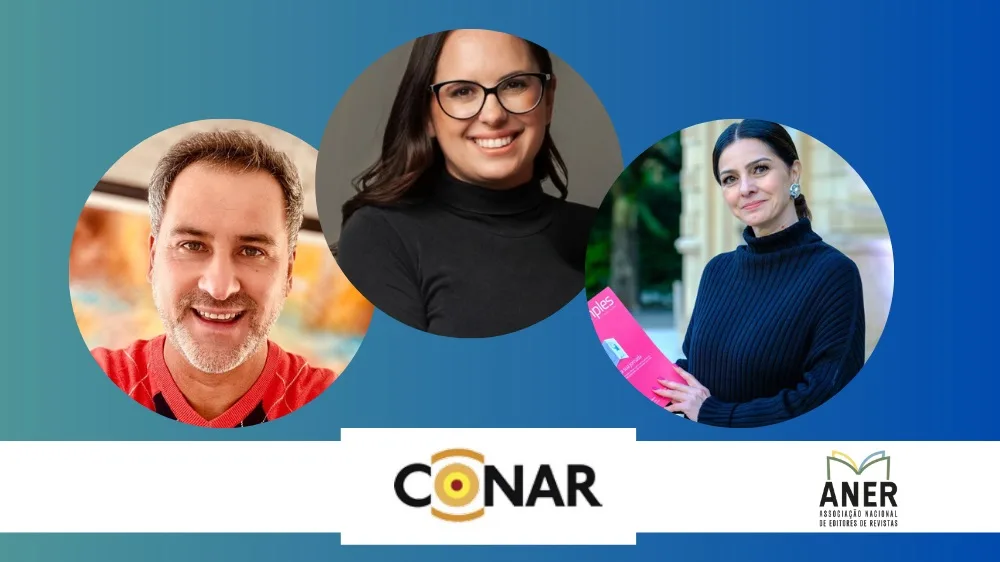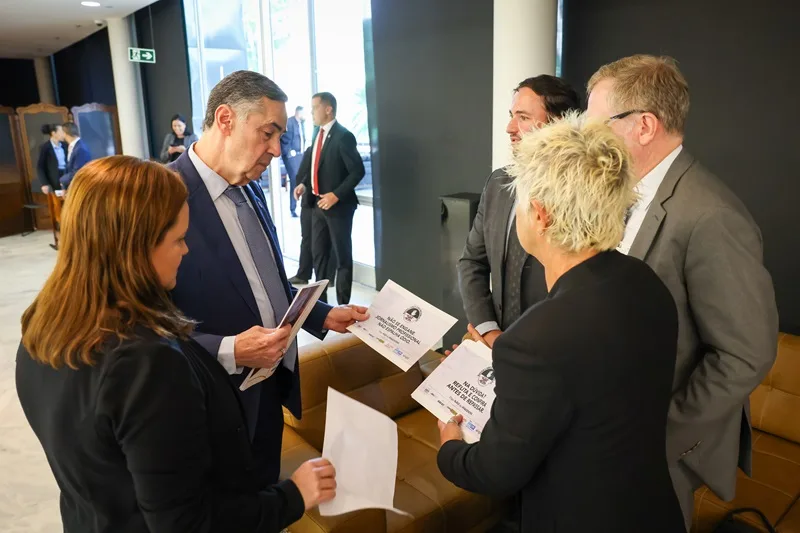"Gigantes digitais deveriam pagar mais pelo conteúdo jornalístico"
INMA – 05/04/2021
Facebook e Google têm se ocupado organizando acordos de pagamento com a indústria de notícias, principalmente nos mercados da mídia ocidental, por meio do Facebook News e do Google News Showcase ou por meio de projetos de financiamento de jornalismo. Andrew Hughes, secretário-geral da Press Database and Licensing Network, argumenta que os dois gigantes digitais deveriam pagar aos editores de notícias mais do que prometem atualmente. Nos acordos atuais, diz, o “dinheiro é dividido de forma desigual e arbitrária”.
Leia aqui ou abaixo a íntegra do texto em inglês.
The billion-dollar gap: Facebook, global news industry earn almost the same amount
Media Research Blog | 05 April 2021
By Dr. Merja Myllylahti
Senior Lecturer and Co-Director of Journalism, Media, and Democracy (JMAD) Research Center
Auckland University of Technology (AUT)
Auckland, New Zealand
Facebook and Google have been busy organising payment deals with the news industry, mostly in Western media markets, through Facebook News and Google News Showcase or via journalism funding projects. Recently, Facebook confirmed that it was allocating US$8 million to journalism in Canada to explore “commercial deals with publishers.” The amount of money allocated at this point seems like a drop in the ocean for the social media giant.
Here’s a bit of context: In 2020, Facebook’s total revenue was US$86 billion, most of which came from advertising. The company made a net profit of US$29 billion. In the same year, revenue for the global newspaper industry was US$93 billion. So, the social media giant earned almost as much as the global newspaper industry as a whole.
In 2020, Facebook’s total revenue was US$86 billion, most of which came from advertising.
In 2020, Facebook’s total revenue was US$86 billion, most of which came from advertising.
In the financial year 2020, Google made US$183 billion in revenue and US$40 billion in profit. Compare this with News Corp, one of the largest publishers in the world, which made payment deals with Google and Facebook. In 2020, News Corp’s revenue was just over US$9 billion.
Google has pledged US$1 billion globally to news publishers over three years. Andrew Hughes, secretary general of the Press Database and Licensing Network, says this would mean the annual allocation of US$333 million shared between 100,000 newspapers would give each publisher US$3,333 per year. However, we already know that the bulk of that money goes to large news publishers.
Hughes argues that Google and Facebook should pay news publishers more than they currently promise — at least US$2 billion between them. He says that under the current deals, the “money is divided unequally and arbitrarily,” and that the “deal is constructed to tuck in search rights under the cover and can be cancelled if the publisher lobbies against Google.”
Nevertheless, some news publishers report they are reaping some benefits of Facebook News. According to Digiday, some publishers have seen an increase in their referral traffic. One publisher stated its referral traffic in 2021 was 30% higher than on Election Day. The Digiday article notes “the pace of the growth, especially after a topsy turvy 2020, signals to some that Facebook News might, at the very least, not be a dud.”
Facebook representatives argue that it drives substantial traffic for news publishers. Facebook’s vice president of global affairs, Nick Clegg, says that in 2020, “Facebook generated approximately 5.1 billion free referrals to Australian publishers worth an estimated AU$407 million to the news industry.” Whether that figure is accurate or not is difficult to know because the mathematics of it is not disclosed.
While the payments between platforms and news publishers are negotiated and renegotiated, it is useful to keep this in mind: Digital advertising is expected to grow after lockdowns are lifted, but platforms are big beneficiaries of it because advertisers “see these platforms as routes to sharper customer segment tool and targeting.”
And where the money is going? Apparently to video and social as younger generations are looking for snackable content on their mobiles.
About Dr. Merja Myllylahti
Dr. Merja Myllylahti is a senior lecturer and co-director of the Journalism, Media, and Democracy (JMAD) Research Center at Auckland University of Technology (AUT) and project manager at AUT’s Research Centre for Journalism, Media, and Democracy in Auckland, New Zealand. She can be reached at myllyme@gmail.com or @Myllyme.


